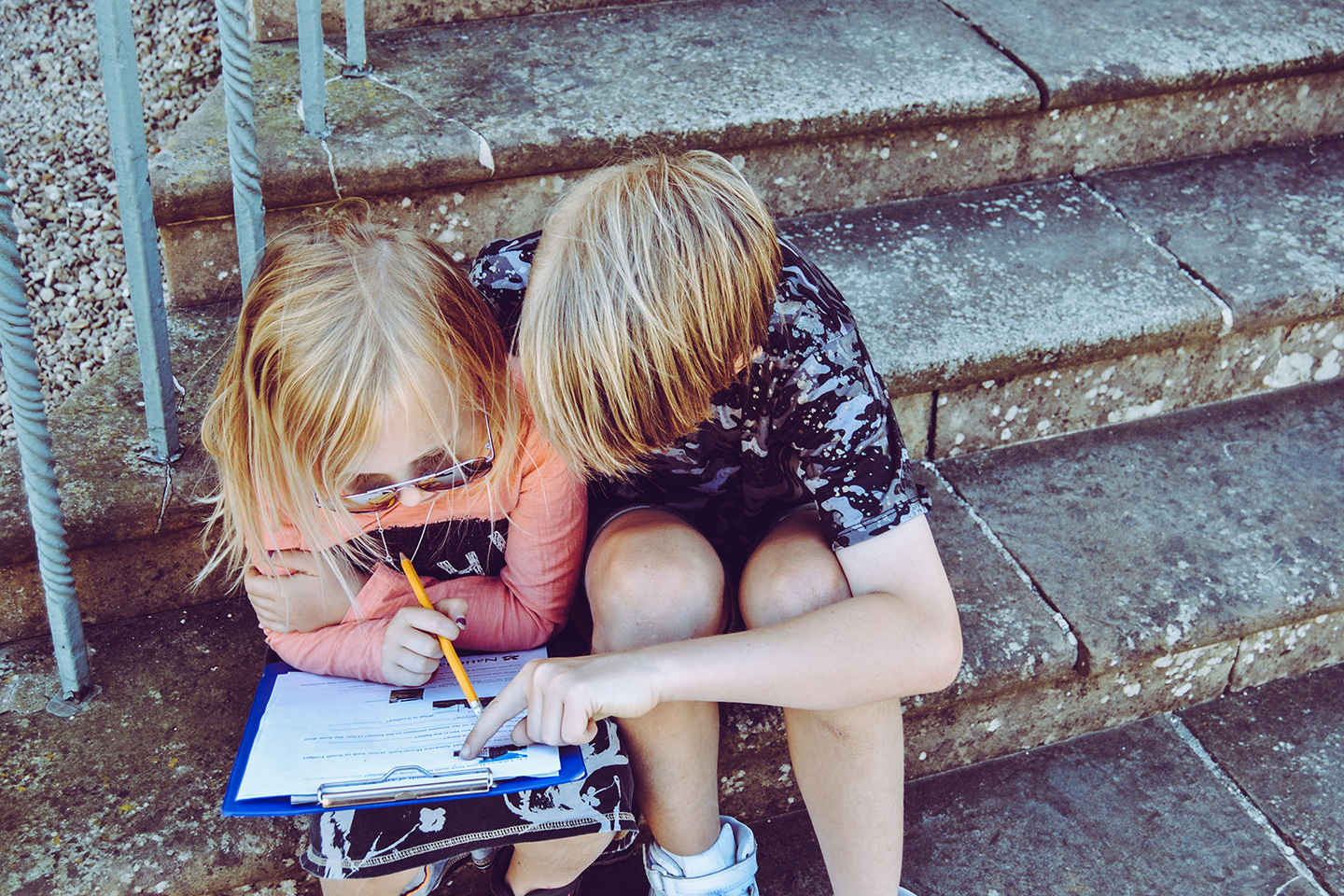As students head back to school, we repost our signature piece on character formation, and why the loftiest-sounding goal is the one you’re already achieving.


The list of goals can seem endless.
Integrate technology better.
Make learning fun.
Improve classroom management.
Boost test scores.
Dozens of worthy objectives compete for educators’ attention, all jockeying to be most important. At the best of times, they’re inspiring; at other times, they can feel like the straws threatening the camel’s back.
And now we’re proposing one more: Resolve to shape your students’ character.
Hear us out.
This goal may sound like one more thing that looks good on paper but won’t really happen. Or perhaps you teach at a public school and think of “character formation” as something that’s inappropriate in your setting, where a wide range of values must be accommodated. Maybe you’re so buried under test prep that you can’t imagine adding one more thing. Or maybe you think of character formation as the jurisdiction of the guidance department, not the classroom.
But the shaping of character is happening whether you intend it to or not. Kids are catching character even when you’re not teaching it. When you’re irritated but choose to communicate kindly, your students notice and are formed. When you stay up late to grade their papers by the day you said you would, you are modeling dependability and hard work. Your example is not lost on them; on the contrary, research suggests that it changes them.
In reflecting on a massive sociological study of American high schools, scholars James Davison Hunter and Ryan S. Olson sum it up this way: “The moral example of teachers unquestionably complemented the formal instruction students received, but arguably, it was far more poignant to, and influential upon, the students themselves.”
And here’s another truth: The shape of your students’ character directly impacts their school performance. How? Let’s look at a definition of character.
According to Hunter and Olson, character is demonstrated by three things:
When a student has learned to inhibit their personal appetites, they can live for the ideals of a greater good. This means that a student who can say “no” to their desire to binge on Netflix all night is able to say “yes” to studying for an important exam instead, because they have chosen to value the greater good of hard work and academic excellence. A student whose character has been well formed can deny a desire to impress their friends with ill-timed humor in favor of honoring your classroom rules.
As 30-year veteran educator Angus McBeath likes to say, no one becomes a teacher to fulfill the dream that their students will learn to name all 50 capitals of the United States. Most teachers choose their profession because they want to change the lives of students—and in so doing, to change the world we share. So go ahead and put shaping character on your goal list. As you model—and even discuss—what it means to be a good person of strong character, you not only create an environment where meaningful learning can happen; you invest in the integrity of the next generation.